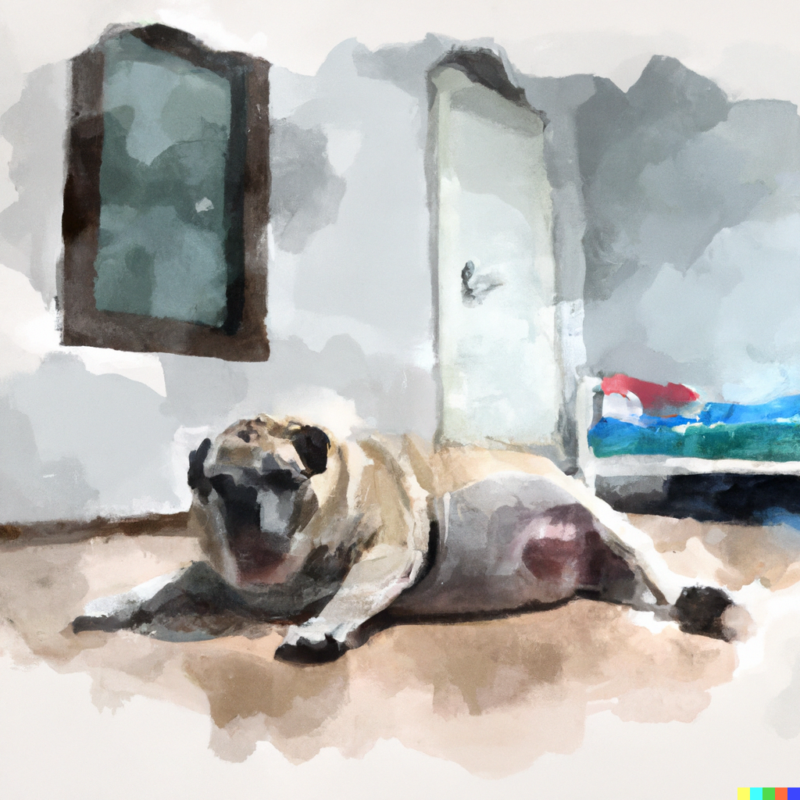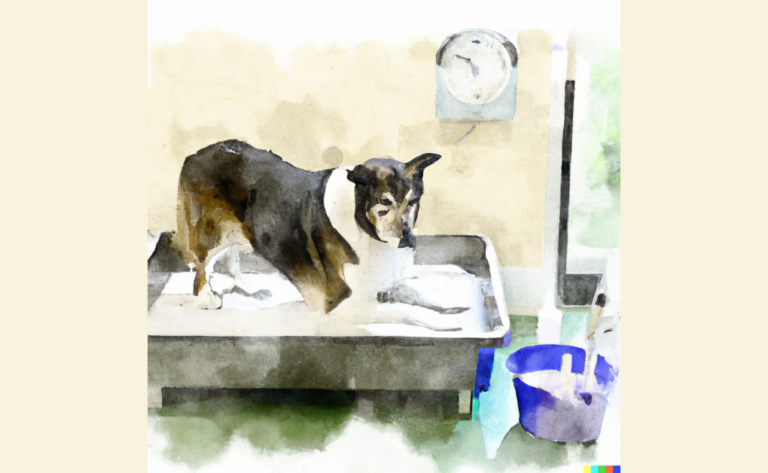Pets, Obesity and Diabetes: An Epidemic Today
Introduction
When Lucy noticed her beloved dog, Max, struggling to keep up with her on their daily walks, she couldn’t help but worry. A trip to the veterinarian confirmed her worst fears: Max’s excessive weight was not just a cosmetic issue, but the root cause of his recent health problems.
There are many reasons why pet owners love their dogs and cats. But one reason is that they make us happy. And another reason is that we feel guilty when our furry friends get sick.
We’ve all heard stories about how unhealthy our pets are becoming, and they’re eating unhealthy food, exercising excessively, and gaining excess weight. Every day, we hear about new studies showing that obesity among pets is skyrocketing.
Let’s discuss everything you need about pets, obesity, and diabetes.
Obesity and Diabetes
Today, obesity and diabetes are epidemic problems among pets, and the pain is especially acute among dogs and cats.
According to the American Veterinary Medical Association (AVMA), nearly half of all dogs and cats over age 10 are overweight or obese. And according to the Centers for Disease Control and Prevention (CDC), approximately 30% of U.S. adults are obese.
And these numbers are increasing every day. According to the CDC, the number of Americans who are obese has doubled since 1980.
Why does this happen? Well, many pet owners feed their animals too much food, giving them treats and snacks instead of nutritious meals, leading to weight gain.
But there’s another reason why pets are getting fatter. Many pet owners need to exercise more, and they’re not taking walks or playing fetch with their dogs. Instead, they let their pets run free inside the house.
This lack of exercise causes the body to store fat. As a result, overweight pets become lethargic and develop health issues.
If you own a pet, be aware of the dangers of obesity. Make sure your pet eats healthy foods and exercises regularly.
How Does Obesity Affect Dogs and Cats?
Obesity is having too many calories consumed relative to energy expended over time. This excess calorie consumption leads to increased levels of body fat, which can lead to chronic diseases and risks their health conditions such as diabetes mellitus, cardiovascular disease, osteoarthritis, stroke, cancer, arthritis, osteoporosis, sleep apnea, high blood pressure, gallbladder disease, gout, kidney disease, and infertility.
Obesity is one of the most common chronic body conditions affecting our pets today, and it affects about 50% of dogs and 40% of cats. In general, pets that are overweight or obese are at risk of diabetes and tend to die younger than those who are leaner. For example, a study published in the Journal of Veterinary Internal Medicine found that overweight dogs had a median lifespan of 7.5 years compared to 11.7 years for normal-weight dogs.

Survey on Obesity in Pets
Obesity is a severe problem among pets today. According to the American Veterinary Medical Association (AVMA), obesity is now the most common health issue affecting dogs and cats. The AVMA reports that nearly half of all dogs and cats over age six are overweight or obese.
According to the Centers for Disease Control and Prevention (CDC), approximately 30% of U.S. adults are obese, meaning that at least 20 million Americans are currently classified as obese.
This epidemic is especially prevalent among pet owners who feed their animals too many calories. In addition, pet food manufacturers often use ingredients that are high in fat and carbohydrates, making them very appealing to pet owners.
However, these foods may contribute to the growing number of obese pets. Studies show that feeding pets too many calories increase their risk of developing diabetes, heart disease, arthritis, cancer, and kidney problems.
Survey on Diabetes in Pets

Diabetes is a severe disease that affects millions of pets today. Unfortunately, the number of dogs diagnosed with diabetes has risen dramatically over the past decade. And the same trend is valid for cats.
According to the American Veterinary Medical Association (AVMA), nearly 1 million dogs were diagnosed with diabetes in 2016 alone. This represents a 50% increase since 2010.
AVMA also noted that the number of cats diagnosed with diabetes rose by 18.1% in 2016.
This epidemic is due to several factors, including obesity, lack of exercise, and poor nutrition. But there is hope! There are many ways to help prevent this deadly disease.
Adjust Your Dog’s Meals to Maintain a Healthy Weight
Feeding your dog a diet rich in protein and fat helps maintain lean muscle mass and promotes healthy skin and hair. This makes it easier for your dog to burn off excess calories. Your dog must eat every three hours throughout the day, including during sleep.
A balanced diet includes both high-quality proteins and carbohydrates. You can feed your dog various foods, such as meat, chicken, fish, eggs, vegetables, fruits, grains, and dairy products. Avoid feeding your dog table scraps because they are often low in nutritional value. Consult your veterinarian if you need help determining what food is best for your dog.
If your dog is overweight, it may benefit from a lower-calorie diet. However, only force your dog to eat less food. Instead, gradually reduce the food your dog eats over several weeks. A gradual reduction in calories allows your dog to adapt to a change in eating habits.
You can use a scale to measure your dog’s weight. To determine whether your dog is underweight, divide their body weight by 2.5. For example, if your dog is between 20%and 30%, they are likely to be skinny.
To calculate your dog’s daily calorie requirement, multiply their weight by 12. Then, divide this number by 4 to find the number of calories per pound. Finally, multiply this figure by 5 to obtain the calories needed daily.
For example, a 50lb dog requires approximately 3,500 calories per day.
Frequently Asked Questions
Disclaimer: The information provided on this veterinary website is intended for general educational purposes only and should not be considered as a substitute for professional veterinary advice, diagnosis, or treatment. Always consult a licensed veterinarian for any concerns or questions regarding the health and well-being of your pet. This website does not claim to cover every possible situation or provide exhaustive knowledge on the subjects presented. The owners and contributors of this website are not responsible for any harm or loss that may result from the use or misuse of the information provided herein.







